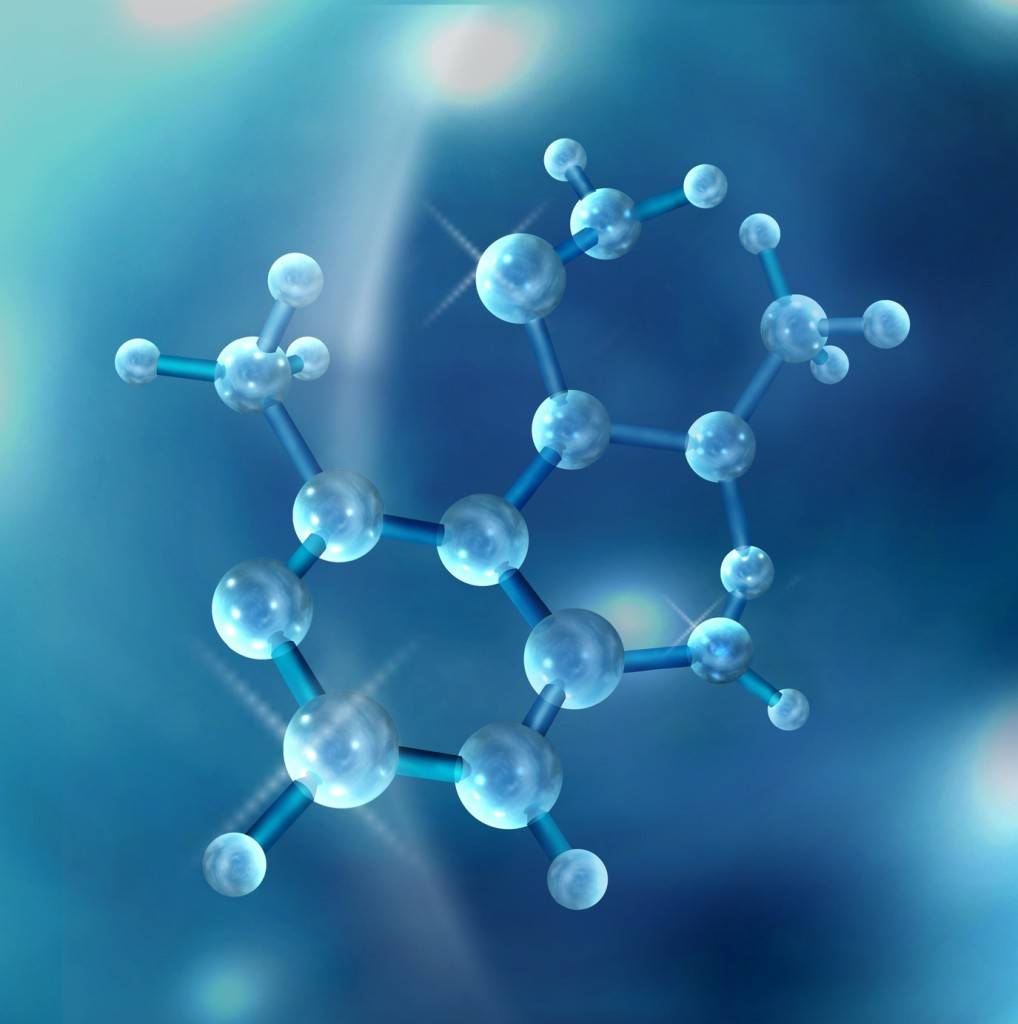When exploring the effects of ultrasonic-assisted processing technology on the rice bran protein - chlorogenic acid emulsion, multi-dimensional characterization methods were employed to deeply analyze the correlation between its microstructure and macroscopic properties. At the level of chlorogenic acid encapsulation and loading, high-performance liquid chromatography combined with fluorescence labeling technology was used to accurately determine the encapsulation rate and loading amount; for the physical and chemical properties of the emulsion, the morphology changes of droplets were captured by cryo-transmission electron microscopy and atomic force microscopy, the particle size distribution was determined by dynamic light scattering technology, the surface charge characteristics were quantified by ζ-potential analyzer, the viscosity and turbidity data were obtained by rheometer and spectrophotometer, and the interface protein content was measured by surface tension meter.
Different power levels of ultrasonic-assisted processing were applied to the rice bran protein - chlorogenic acid emulsion, and the encapsulation rate and loading amount of chlorogenic acid in the emulsion and various physical and chemical property indicators were measured under different ultrasonic power levels. Subsequently, the stability of the emulsion under different conditions was evaluated.

At an ultrasonic power of 500W, the chlorogenic acid encapsulation rate of the emulsion reached 86.26 ± 0.11%, and the loading amount was 17.25 ± 0.06 g/100g. At the same time, the droplet size of the emulsion decreased and the distribution became more uniform, and the viscosity significantly decreased. Ultrasonic-assisted processing significantly improved the stability of the emulsion in storage, oxidation, heat and salt ion environments.
The ultrasonic-assisted processing technology can effectively improve the properties of the rice bran protein - chlorogenic acid emulsion, increase the encapsulation rate and loading amount of chlorogenic acid, optimize the physical and chemical properties of the emulsion, and significantly enhance the stability of the emulsion.








